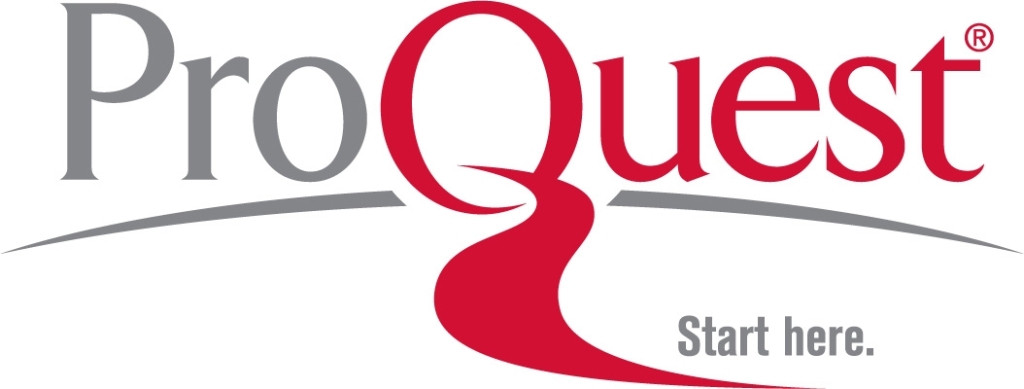ÖZ
Filmlerin çocuklar üzerindeki etkisine yönelik bilimsel çalışmaların çoğu filmlerdeki şiddet ile çocukların saldırgan davranışları arasındaki ilişkiye odaklanmıştır. Filmlerdeki şiddet, saldırgan davranış ilişkisinden sonra en çok çalışılan konu ise filmlerin olumlu tutum geliştirmeye etkisidir. Fakat çok önemli bir konu olan ve ebeveynlerin filmlere karşı temel çekincelerini oluşturan, filmlerin olumsuz tutum geliştirmeye etkisi üzerinde az sayıda çalışma bulunmaktadır. Bu bağlamda çalışmanın temel amacı Patron Bebek çizgi dizisinin dört bölümünü tek seferde izleyen, dört hafta boyunca her hafta bir bölümünü izleyen ve hiç izlemeyen anasınıfı, 1, 2, 3 ve 4. sınıf öğrencilerinin kedilere karşı tutumunun incelenmesidir. Çalışma grubu İstanbul’daki beş farklı devlet okulunda öğrenim gören 1398 öğrenciden oluşmaktadır. Çalışmada ön test-son test-kalıcılık testi kontrol gruplu deneysel desen kullanılmıştır. Çocukların tutumlarını ölçmek için araştırmacı tarafından 11 maddeden oluşan “Kedilere Karşı Tutum Ölçeği” geliştirilmiştir. Verilerin analizi yapılırken grupların fark puanları arasında anlamlı farklılaşmalar olup olmadığını test etmek için Tek Yönlü Varyans Analizi (ANOVA), cinsiyet değişkenine göre oluşan fark puanları arasında anlamlı farklılaşma olup olmadığını belirlemek içinse İlişkisiz Örneklemler İçin t-Testi yapılmıştır. Çalışma sonucunda Patron Bebek çizgi dizisini sinema filmi şeklinde tek seferde veya dizi şeklinde dört haftalık süreçte izlemenin çocukların kedilere karşı olumsuz tutum geliştirmesine yönelik herhangi bir etkisinin olmadığı tespit edilmiştir. Bu durum anasınıfı, 1, 2, 3 ve 4. sınıflar ayrı ayrı değerlendirildiğinde de değişmemektedir. Çalışmada sadece Patron Bebek’i dizi şeklinde izleyen grupta kız öğrencilerin erkeklere göre anlamlı şekilde daha olumsuz bir tutum geliştirdikleri fakat bu etkinin geçici olduğu görülmüştür.
ANAHTAR KELİMELER
Çizgi film, Patron Bebek, Hayvan, Kedi, Tutum, Temas hipotezi
DOI: http://dx.doi.org/10.15390/EB.2022.11592







